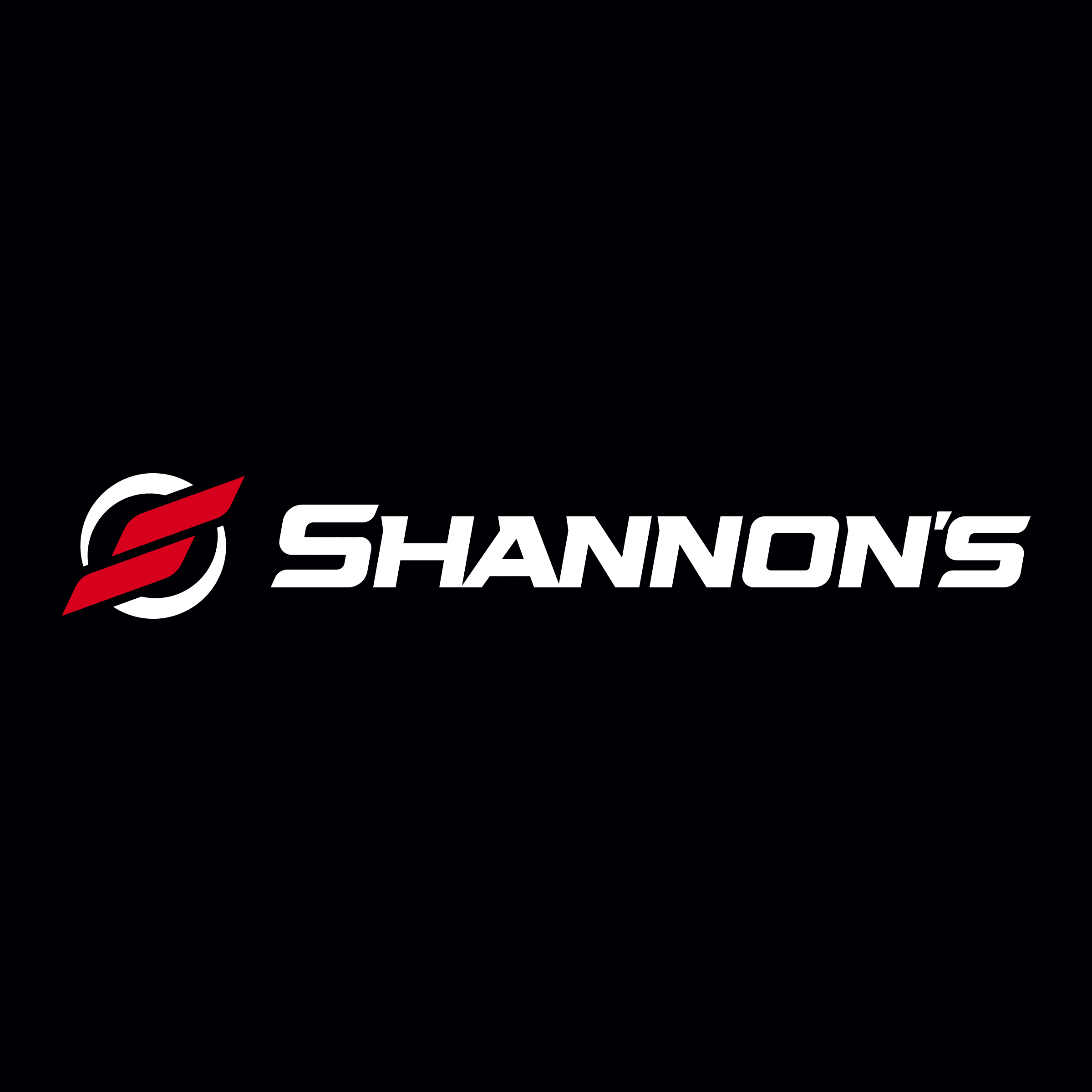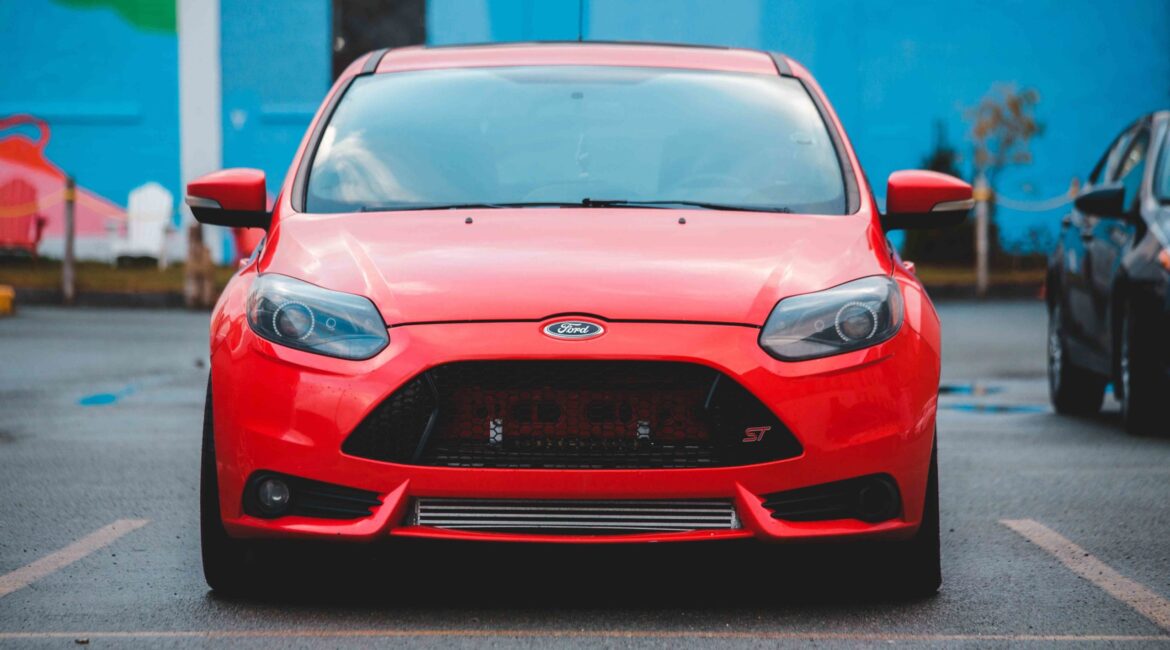Ford Motor Company vehicles contain many state-of-the art features that provide occupant safety and enhance the driving experience. During collision repairs, it is critical the proper function of these systems and features be restored back to pre-accident condition and performance.
All 2010 and newer vehicles must be scanned
Ford defines a collision as damage that exceeds minor outer body panel cosmetic distortion. All Ford Motor Company vehicles from and including model year 2010 forward involved in a collision require a pre-repair diagnostic scan during the estimation phase of a collision repair to properly identify all required repairs. During the repair process, certain modules and other system components may require calibration or initialization to properly complete the repair. Additionally, the vehicle must have a post-repair diagnostic scan completed after the vehicle has been repaired to verify that new faults have not been introduced in the course of the repair and to verify that the vehicle has been fully repaired.
Must adhere to the following steps
The following points show why a diagnostic scan is crucial to the proper repair of the vehicle:
1. Preliminary diagnostic scans provide a baseline to the condition of the systems on the vehicle, and what concerns may need to be addressed during the vehicle repair plan development.
2. Not every malfunction will illuminate a malfunction warning light (MIL) or message center warning.
3.A system may require a certain number of drive or function cycles in order to set a warning light or manifest a concern.
4. Low battery voltage may allow for numerous Diagnostic Trouble Codes (DTCs) to set.
It is important to utilize Ford repair procedures for all collision repairs to ensure quality results. Ford also recommends the use of the Integrated Diagnostic System (IDS) or Ford Diagnosis and Repair System (FDRS) to perform all vehicle diagnostic testing, module programing, and system calibrations during collision repairs. Ford dealer-owned body shops can access service information, training and diagnostic scan tool support through the Professional Technician Society at www.fordtechservice.dealerconnection.com and independent collision repairers can find information at www.motorcraftservice.com.
Why this matters to Ford owners
Ford Motor Company vehicles are designed and built to provide optimum fit, function, safety and structural integrity. For this reason, Ford Motor Company
does not approve the use of aftermarket, recycled, salvaged, or reconditioned parts. The quality, performance and safety of these parts cannot be verified and may result in substandard repairs, which can inhibit proper vehicle function and cause erroneous DTCs. Only by using Ford original equipment collision parts can you be assured of the part’s fit, finish, quality and safety.
Syndicated content from https://capturethekeys.com/.





